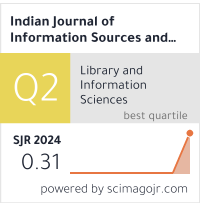Digital Risk Management: A Study of How Firms Mitigate Digital Risks and Threats
DOI:
https://doi.org/10.51983/ijiss-2024.14.4.03Keywords:
Digital Transformation, Digital Risk, Business ManagementAbstract
The banking industry has seen a sharp rise in the use of AI services over the last ten years, which has improved client satisfaction and efficiency. The machine learning (ML), one of artificial intelligence's primary building blocks, has caused a paradigm change in the banking services sector. Every new technology that is introduced carries with it new threats. Finding such hazards is only the first step; you also need to analyse, evaluate, treat, regulate, and keep an eye on them. Risk is characterised by three elements: the possibility of loss, the unpredictability of the result, and the necessity of making a decision. According to this concept, a risk management strategy should be divided into three stages to address risks: planning ahead, carrying out risk management tasks, and maintaining and enhancing risk management. The first two stages could appear self-evident. But it's critical to recognise that risk management is a continuous process that requires constant attention. Continuous risk management is intended to avert issues, enhance product quality, make better use of available resources, and foster teamwork.
Downloads
Published
How to Cite
Issue
Section
License
Copyright (c) 2024 The Research Publication

This work is licensed under a Creative Commons Attribution-NonCommercial-NoDerivatives 4.0 International License.









